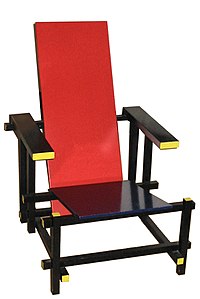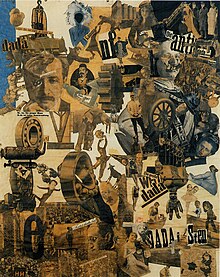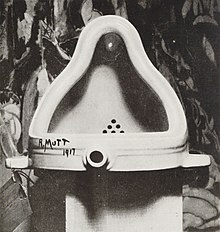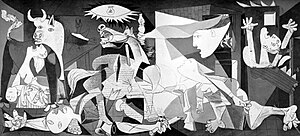
Art Deco spire of the Chrysler Building in New York City; designed by William Van Alen; built 1928–1930.

Joseph Csaky, Deux figures, 1920, relief, limestone, polychrome, 80 cm. Exhibited Léonce Rosenberg, Galerie de L'Effort Moderne (1920), now at Kröller-Müller Museum, Otterlo, Holland

Ebonised wood smoker's cabinet by Charles Rennie Mackintosh, Isle of Wight, Hampshire, UK, 1916. Museum no. CIRC.856:1-1956. © Victoria & Albert Museum, London
Bibliography:
- Art Deco: Design Influences - Victoria and Albert Museum. 2013. Art Deco: Design Influences - Victoria and Albert Museum. [ONLINE] Available at:http://www.vam.ac.uk/content/articles/a/art-deco-design-influences/. [Accessed 16 May 2013].










